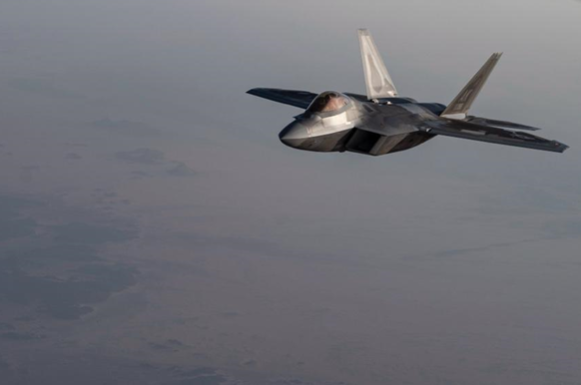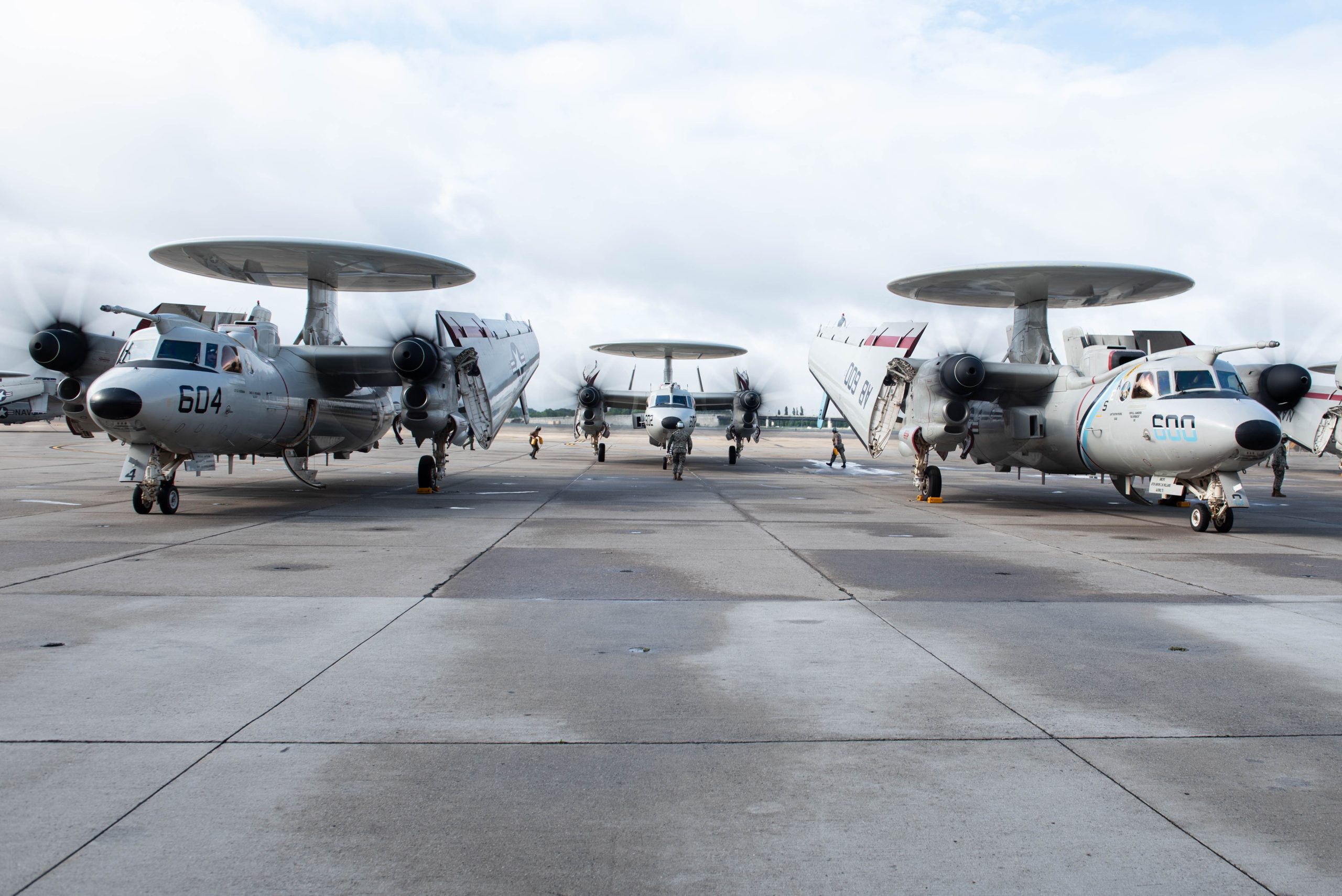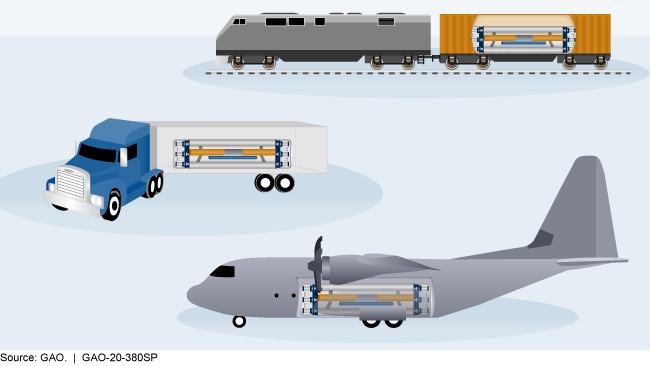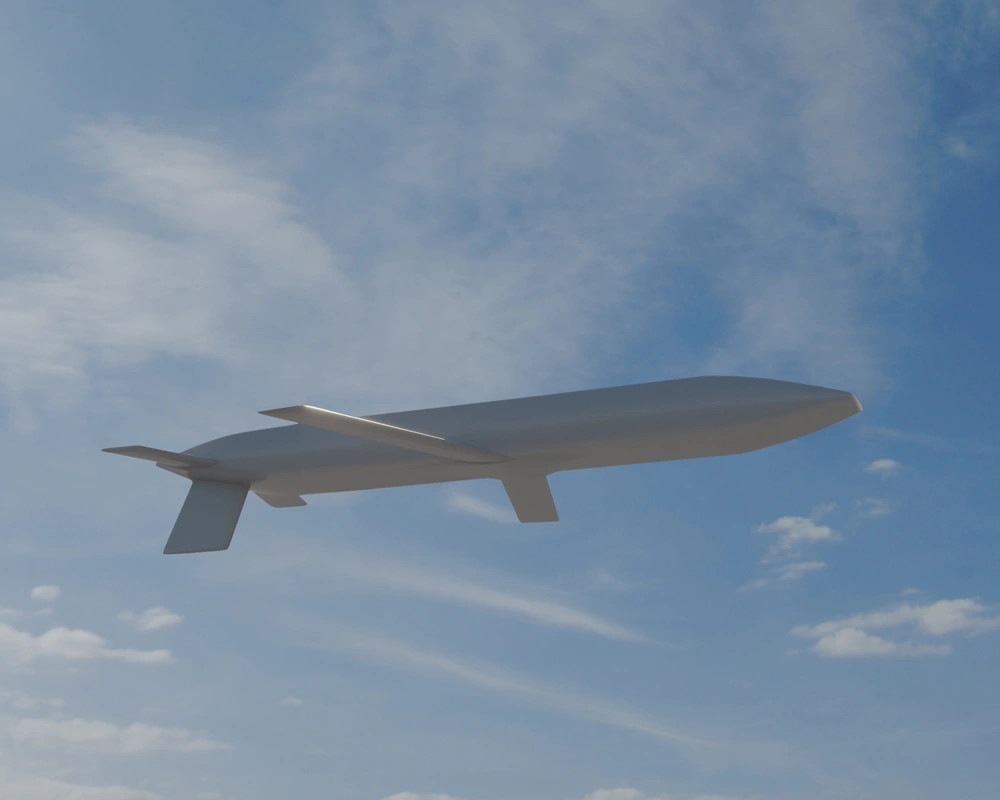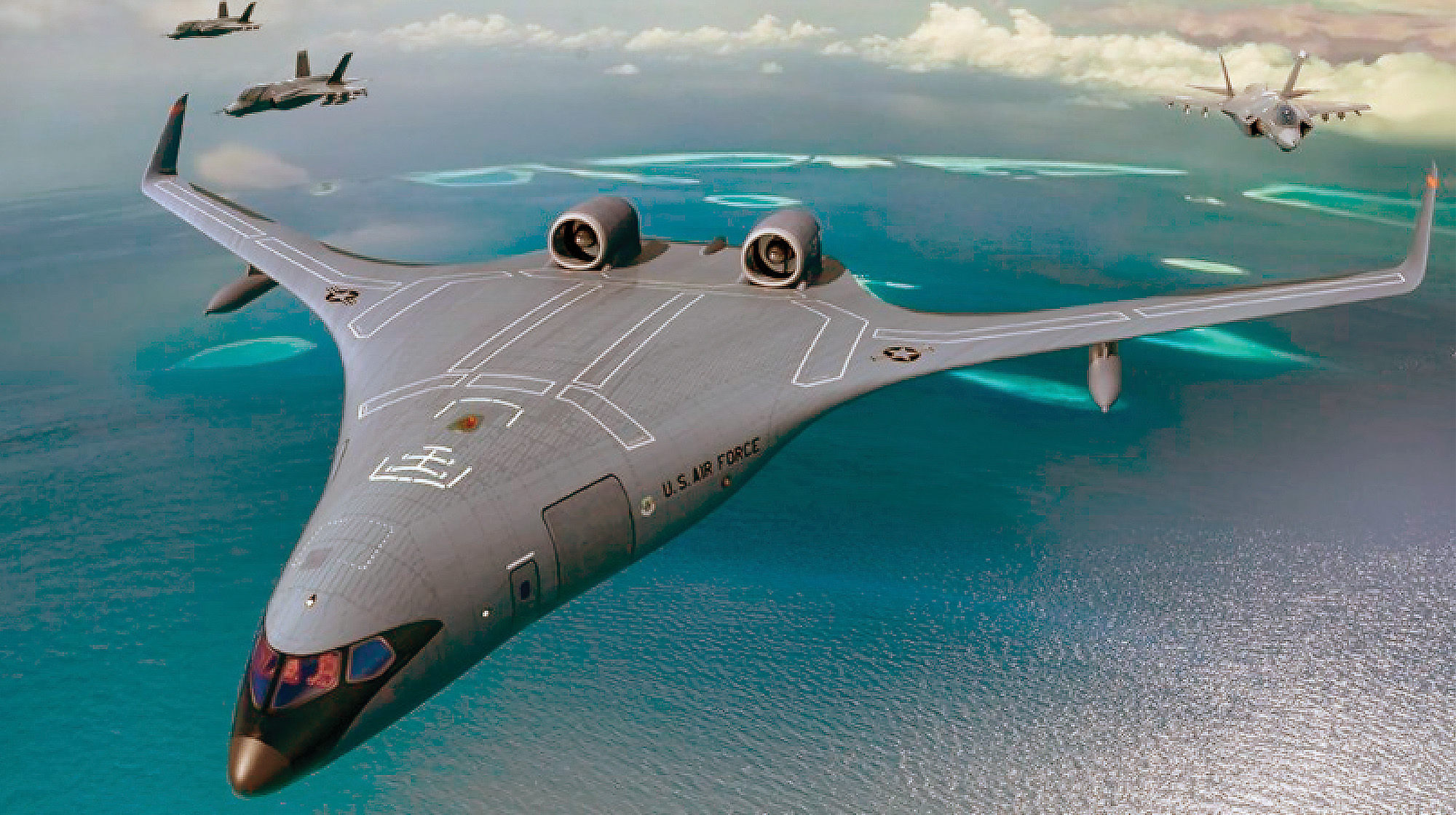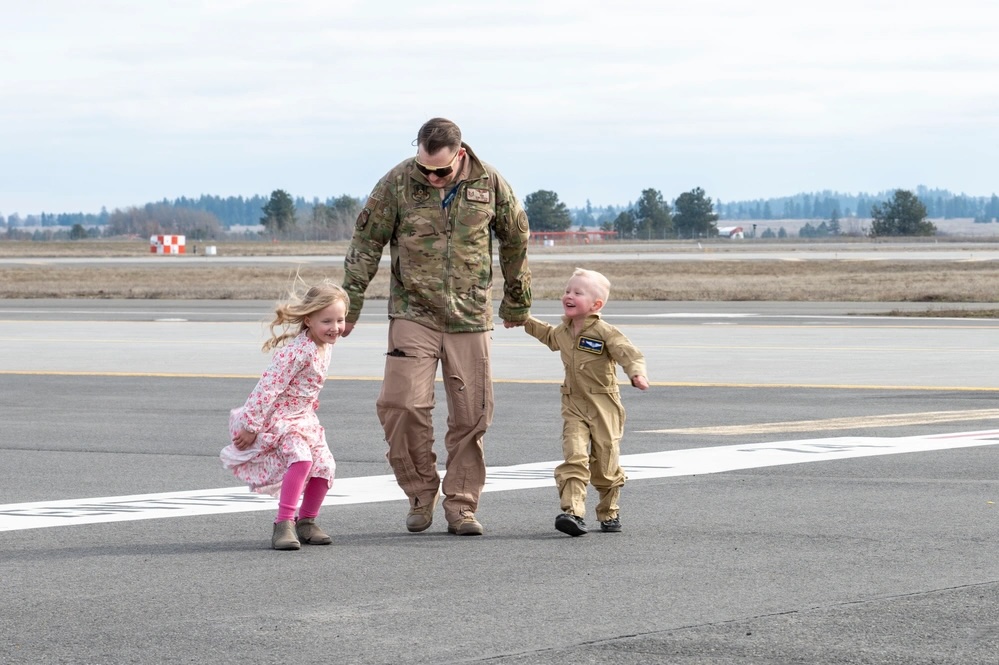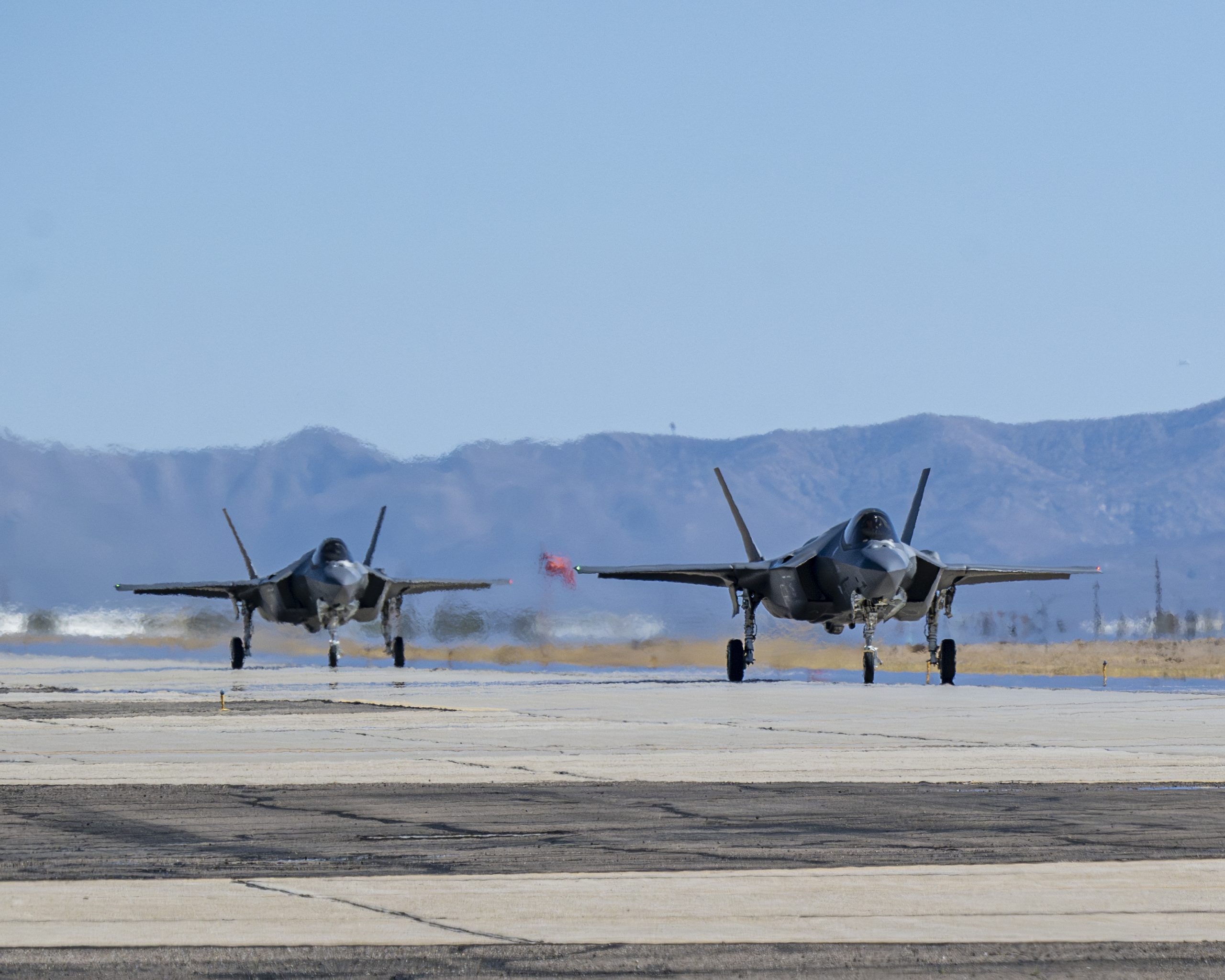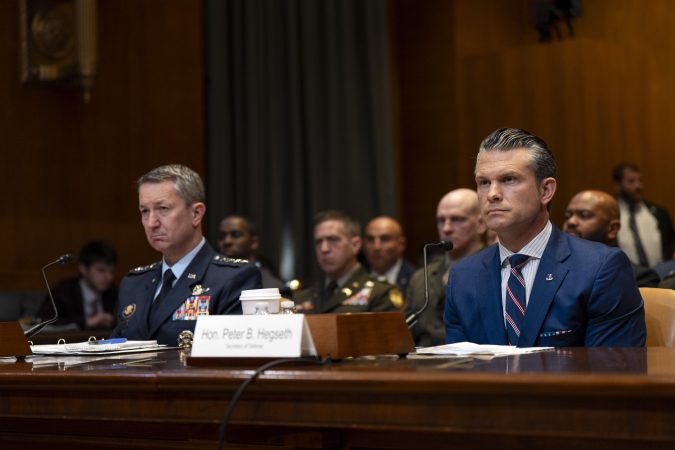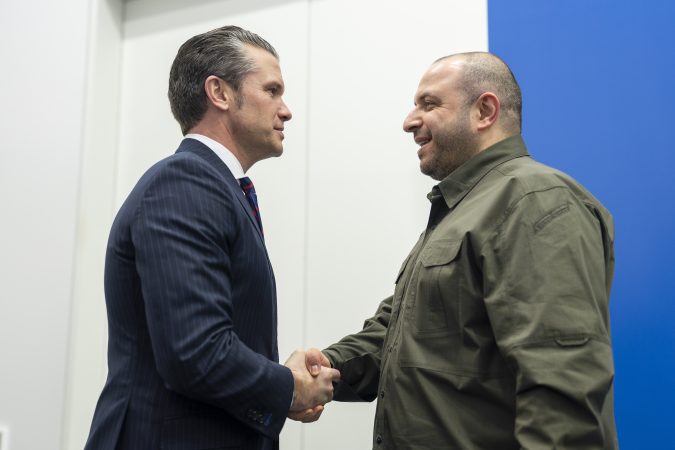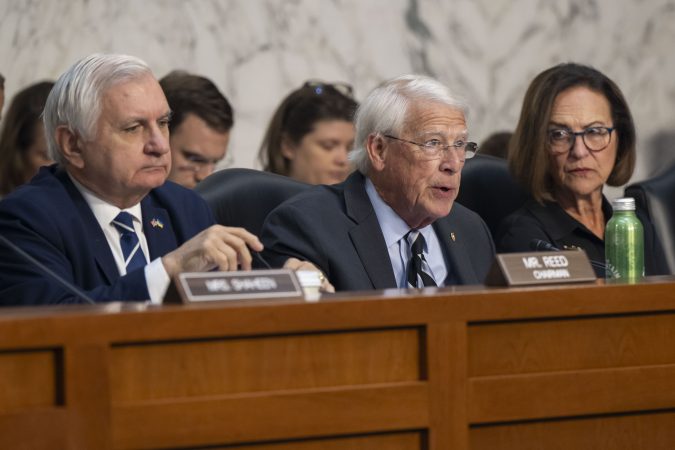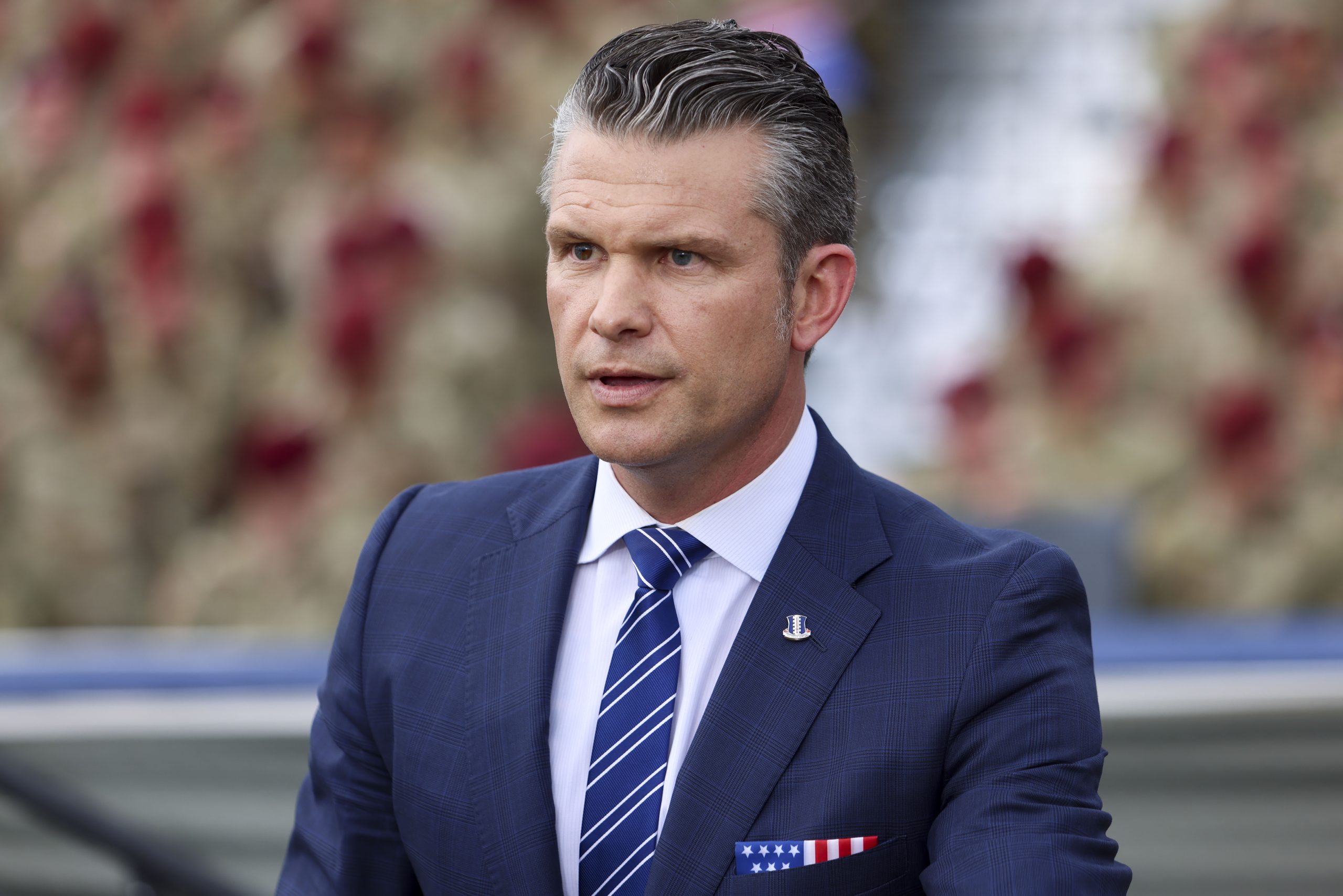The U.S. Air Force could match the massive air attack that Israeli made against Iran’s nuclear weapons enterprise, leadership and air defenses, but it would be challenging and involve some risk, due to USAF’s readiness shortfalls, airpower experts said.
Israel attacked Iran on June 13 using a reported 200 fighters, inflicting major damage on Iran’s uranium enrichment capabilities, as well as decapitating its military leadership and destroying many of its air defense radars and missiles. It also covertly infiltrated attack drones into Iran ahead of the broader fighter attack, using them to carry out crippling strikes on Iranian air defense and ballistic missiles.
Israeli prime minister Benjamin Netanyahu warned Israelis to prepare for “extended” conflict.
With mission capable rates for fighters around 60 percent, the U.S. Air Force could pull off a similar attack“—only with “global sourcing and a willingness to accept a significant amount of risk,” said John Venable, senior resident fellow for airpower studies at AFA’s Mitchell Institute for Aerospace Studies. A retired Air Force colonel, Venable flew F-16s combat missions in Kuwait, Iraq and Afghanistan, commanded units in U.S. Central Command and is a former commander of the Air Force Thunderbirds flight demonstration team.
The Air Force would only have 40 of its 52 operational fighter squadrons to draw from “in a crisis,” because 12 would have to be held back: six for stateside air defense commitments and six to be held in reserve “to keep China or Russia in check.” Each of the remaining 40 would only be expected to field 12 fighters, for a total 480 deployable fighters.
“Our fighters have a [mission capable] rate of just over 60 percent, which means, after landing in theater, just 288 of those 480 jets would be mission capable for a first ‘go,’” Venable said. Given the availability of spare parts, “the second ‘go’ would be reduced to just over 200 jets,” he said.
For some aircraft, the ability to generate sorties would be even lower. The F-22, the Air Force’s top frontline fighter, managed only a 40 percent mission capable rate in fiscal 2024; F-15Cs, which are nearing retirement—were even less ready, at only 33 percent.
Pilot readiness is also a concern, Venable said. Fighter pilot flying hours have plunged o an average of 10-12 per month per pilot—about what Soviet pilots did in the Cold War era. In the 1980s and 90s, USAF pilots flew roughly twice as many. ridiculed by Air Force leaders at the time as woefully inadequate.
“Due to a drought in training sorties, there isn’t a single squadron in the Air Force that is mission ready,” Venable asserted. “Pushing them into a threat environment without those ‘reps and sets’ of confidence would likely mean we would suffer much more attrition than whatever the Israelis suffered, and much of that would be caused by mishaps refueling or even recovering back at home base.”
Ground crews also get a “very, very limited” number of training events to practice integrated combat turns, he said, in which an airplane lands and is rapidly re-fueled and re-armed for battle. There’s “a belief that those turns wouldn’t be required in a fight with China,” he said.
Israel wsd able to mount such a large operation with a vastly smaller overall force than the U.S. Air Force by maintaining their jets at peak levels and flying regularly.
In 1987, U.S. fighters sported mission capable rates around 80 percent. “Our maintainers were able to refuel and rearm our jets in 45 minutes,” Venable recalled. “Even with a 1,800 nautical mile round trip—roughly four hours, including ground ops in a fighter—the same crew could fly two sorties in a single day and the same jet could fly four [missions].”
Retired Lt. Gen. David Deptula, who retired from the Air Force as head of intelligence, and who ran the targeting function in 1991’s Operation Desert Storm, said the Air Force could boost its readiness level if it needed. “The 120 F-15C/Ds deployed to Desert Storm…maintained a 94 percent mission capable rate – eight percentage points higher than peacetime,” he said.
Similar results have been achieved with F-35s in recent years by prioritizing parts for overseas units.
While there’s been a push in recent years to bolster weapons production and increase stockpiles, munitions “would likely not be a limiting factor in our targeting of a threat like Iran,” Venable said. That’s due to “the likely short duration of the conflict.” After initial sorties—using the Air Force’s longest-range, most effective and most expensive weapons–took down the most lethal air defenses, subsequent missions could be flown with less-costly and more numerous Joint Direct Attack Munitions and Small Diameter Bombs, Venable said.
“We have decent inventories of each,” he said. The major “limfacs”—limiting factors—would be weapon system sustainment, or spare parts, and aircrew readiness, he said.
Though the White House said the U.S. did not participate in the strikes on Iran, the Air Force could well be called on in the coming days and week.
Air Force fighter crews “did an absolutely magnificent job in defending Israel from Iran’s assault last year, and I fully expect that they are prepared to do the same if asked,” Deptula said. “Of course, our B-2 [stealth bomber] aircraft and crews also should be in top shape to provide options for the President to assist Israel if necessary, to impose even greater effects on Iran.”
Leon Panetta, who served as Secretary of Defense under President Barack Obama, told CNN on June 13 that Israel probably does not have the munitions necessary to strike at Iran’s most deeply-buried nuclear development targets—but the U.S. does. The American GBU-57 Massive Ordnance Penetrator and GBU-72 Advanced Penetrator Weapon Systems were both expressly designed for striking hardened, deeply-buried targets hidden under many layers of concrete, rock and steel.
Venable said the Air Force will likely be on high alert because, while Israel is “taking on most, if not all of the air campaign against Iran, our commitment to the region” is such that U.S. forces could be called on to counter Iranian proxy forces in otfactions that may be calleher countries should they try to respond. The risk there, he added, is that “when the world turns its interests to one part of the globe, it gives bad actors like Russia, China and North Korea cover to potentially move on their objectives.”
